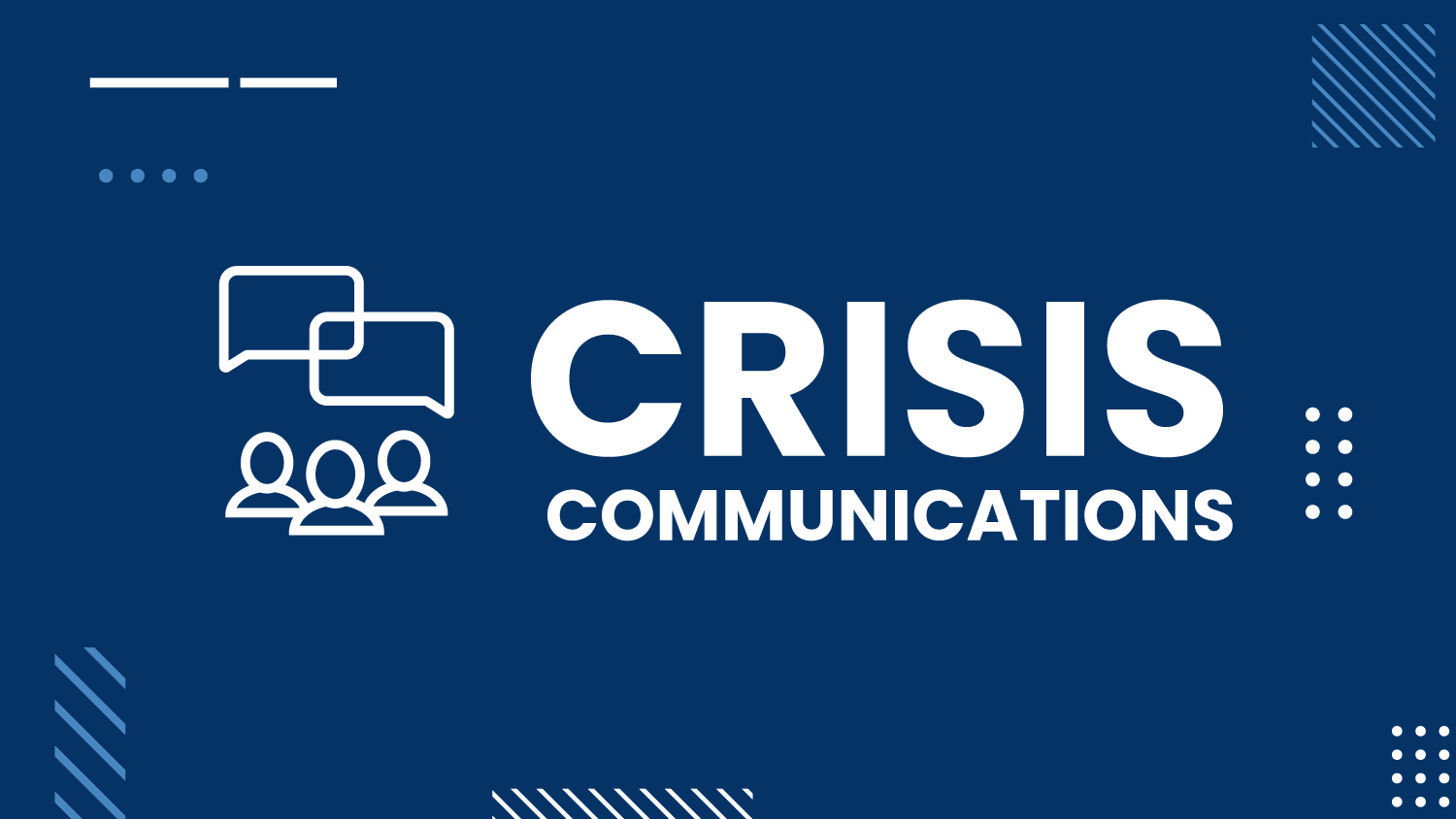
Until two months ago, Netflix offered one monthly fee of $7.99 to order videos by streaming and DVDs by mail. Then Netflix announced it would charge its customers $7.99 for a subscription to its streaming service and another $7.99for Netflix’ mail-order service — representing a 100 percent increase.
Then, on Sunday, Reed Hastings, CEO of Netflix posted an explanation of sorts: “An Explanations and Some Reflections” only to cause more problems for Netflix. Hastings may have intended it to be an apology, but one person termed it a “half apology,” and I think that’s about right.
Here’s a list of nine lessons learned from this incident:
- Companies need to provide context when the price customers are going to be charged will increase significantly. Changing the fee can be a critical time in almost any company-customer relationship. But that’s especially true when the increase is so dramatic. Hastings said he should have provided more of an explanation about why the company increased its subscription fees. But Hastings’s explanation notes that a full justification “wouldn’t have changed the price increase.”
- Waiting two months to respond was probably too long. The company lost about a million subscribers recently — probably due to the price hike. Hastings said the company is moving and evolving quickly, but that’s not the impression one gets from a two-month lag time before Hastings responded.
- When communicating with customers, make sure the information you provide them is focused on their needs. While Hastings’s explanation on his blog did a fine job of laying out the company’s vision and goals, it didn’t really address customer concerns. Instead, Hastings used the blog post to explain why Netflix is changing the name of its DVD-by-mail service to Qwikster, and to prepare customers for what that change will entail. His explanation was focused on the company, not the customer. Hastings explanation is focused on discussing the upcoming changes from the company’s perspective, not the customers, and is tone deaf in addressing customers’ needs and perspectives.
- When launching a company, a blog post on a Sunday night might not be the best strategy. It’s difficult to know how much planning when into the spin-off of Qwikster, but the company look unprepared with a lack of a Twitter ID, Facebook page and website, even as placeholders.
- If you do use your blog to launch a new business, don’t bury the lead. Hastings’ post first mentions the Qwikster name change midway through the post. It made Qwikster seem an afterthought. The post is fairly clear on what the Qwikster experience will be like — i.e, Netflix with a different name — but I don’t think it does a good job of serving as a launch pad for the new brand.
- When seeking to appease your critics, try to lock down areas that might spark further criticism.
As laid out in the post, Qwikster is likely to continue to rub customers the wrong way. Customers have to log onto separate sites to select a DVD-by-mail and to download a video; they have to look at reviews on two different sites (because Netflix and Qwikster will now offer separate customer reviews); they have to update credit card and other information into two different systems, and they will receive two separate charges on their credit card statements. I understand the need for separate brands but there could have been ways to streamline the customer experience.
- Naming a new brand is very difficult these days; while it’s hard to come up with a great name — and I think Netflix is a great name — it should be easy to identify a lousy name. For example, Qwikster. It’s easy to misspell. It doesn’t actually deliver on its brand promise (instant downloads are fast; delivery by mail is not quick). And it sounds too much like Friendster. That said, even though I don’t like the Qwikster name, I think the reason behind changing the name makes sense because separating the Netflix brand from DVDs-by-mails may have a better chance for survival if people no longer associated Netflix with its iconic red envelopes. After all, AOL is still associated with slow dialup service, and it gave up that business a few years ago.
- If you’re going to claim you messed up, you should explain the steps you will take to prevent a similar mistake in the future. Especially when you identify the nature of the mistake as being not communicating enough. Hastings may mean for this to be his “sincere apology” but he doesn’t outline how he’ll make sure that both Netflix and Qwikster will make sure to overcommunicate critical information in the future.
- Listening and responding to customers’ concerns goes beyond branding — even though it is a big issue for the Netflix brand. Getting this wrong can also exact a real cost to the business. In this case, Netflix has lost subscribers (even as its total subscriber base is larger this year than it was last year; the company has lost about a million subscribers over the past two months). And Netflix has also seen its stock price drop, too, and that has financial implications as the company continues its global push.
Let me know if there are additional lessons to be drawn from Netflix.



